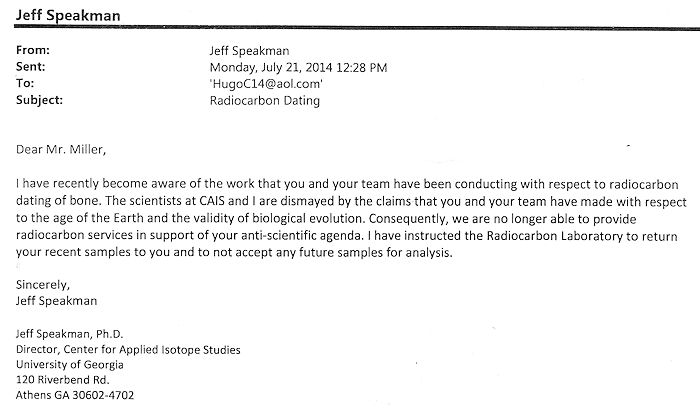Millions of years is pretty slow!
It is amazing how the mineral deposits know how to grow slowly in caves but quickly in environments that contradict the naturalism ideology.
Conspiracy!
I have explained it to you, but you don't want to accept it.
One last time, then I give up.
If you have a big pile of calcium carbonate just sitting there you can form stalagtites quickly.
But if you have a limestone cave, the carbonate is not just sitting there, it has to get out of the limestone, and that process is very, very slow. It's a chemical reaction, it takes time. The stalagtites can only grow as fast as the carbonate is freed up from the limestone.


